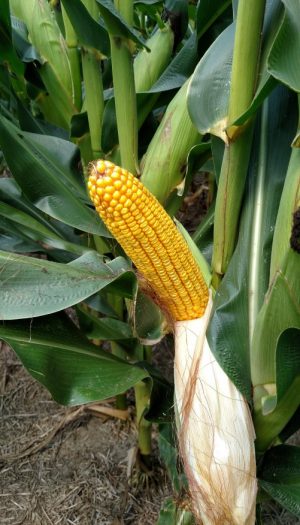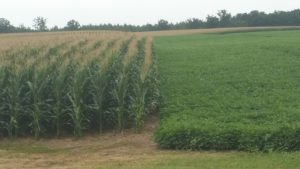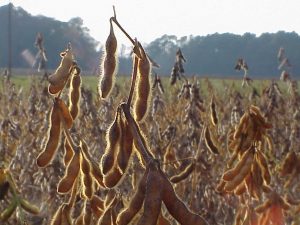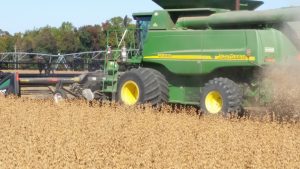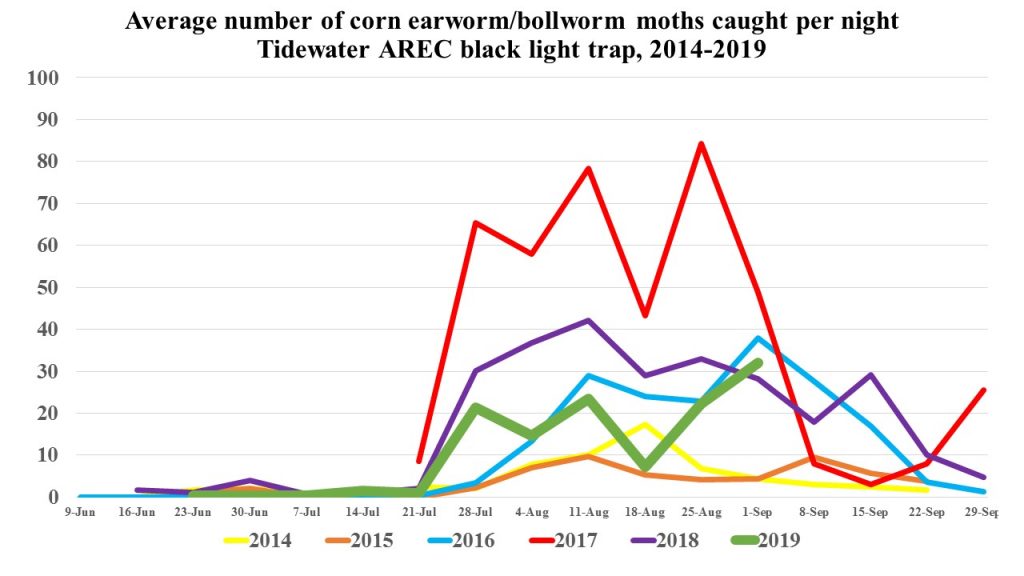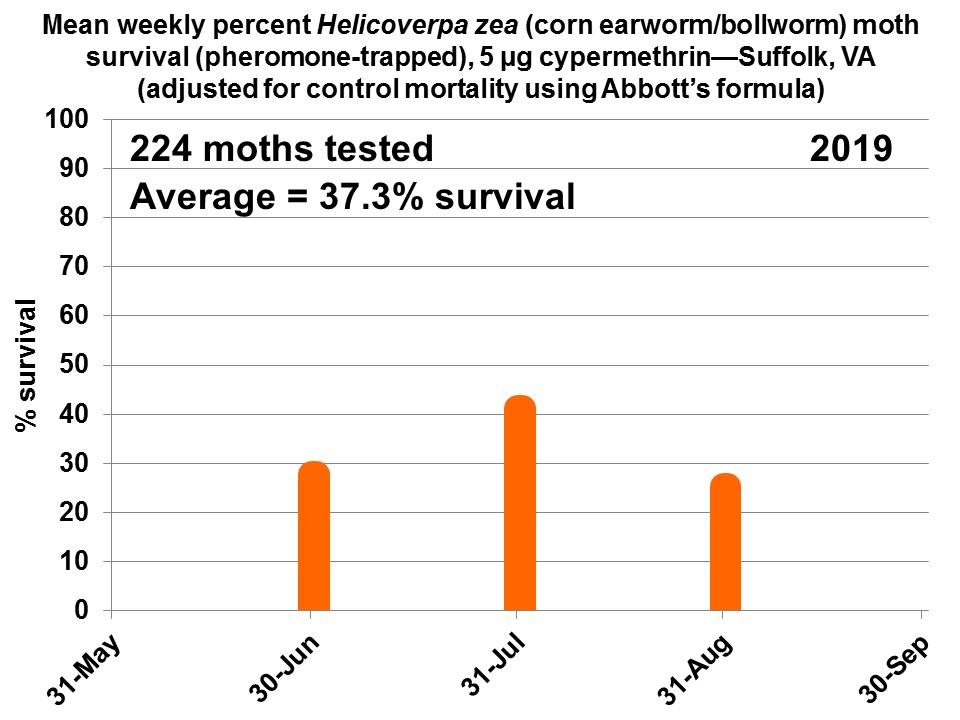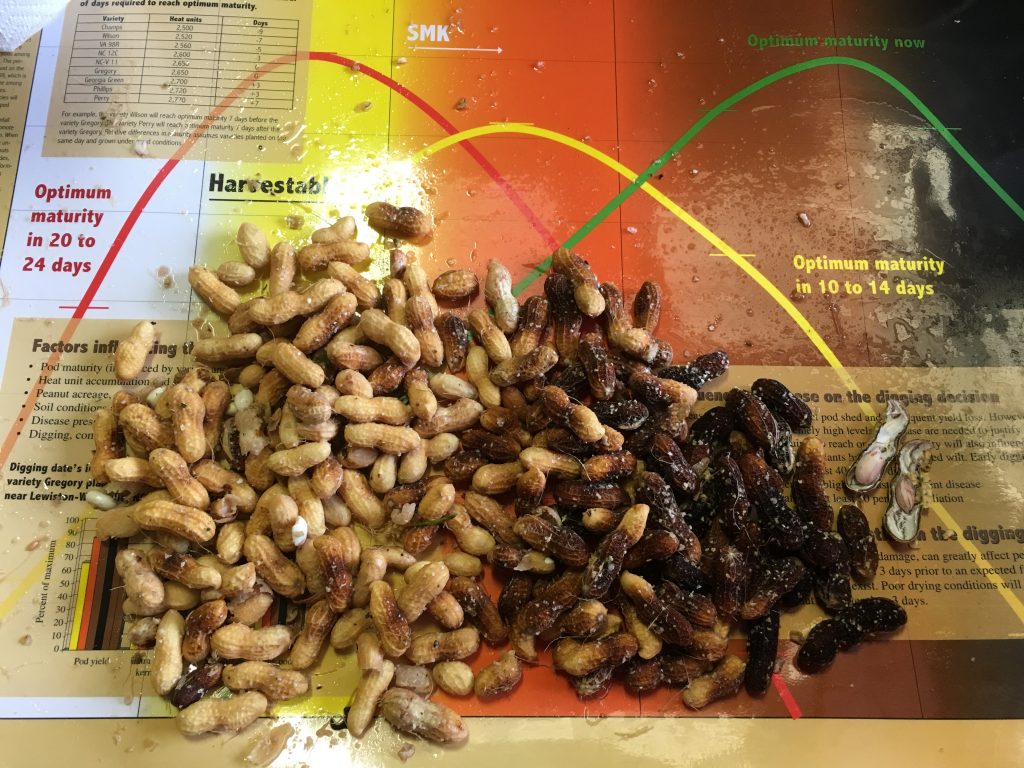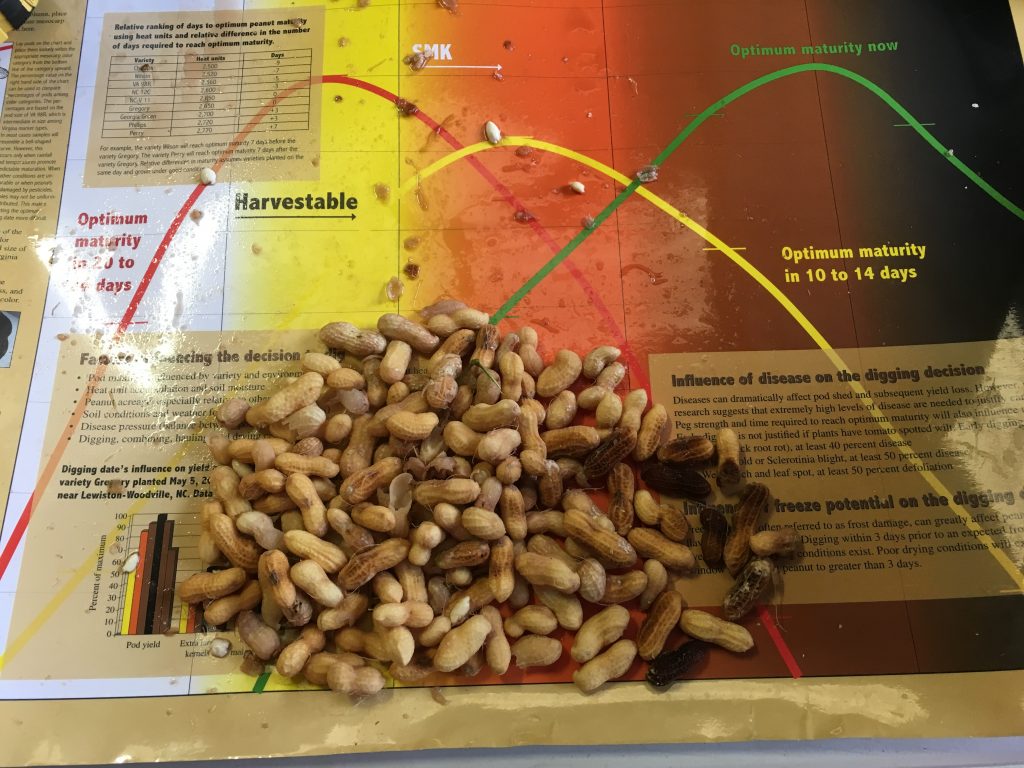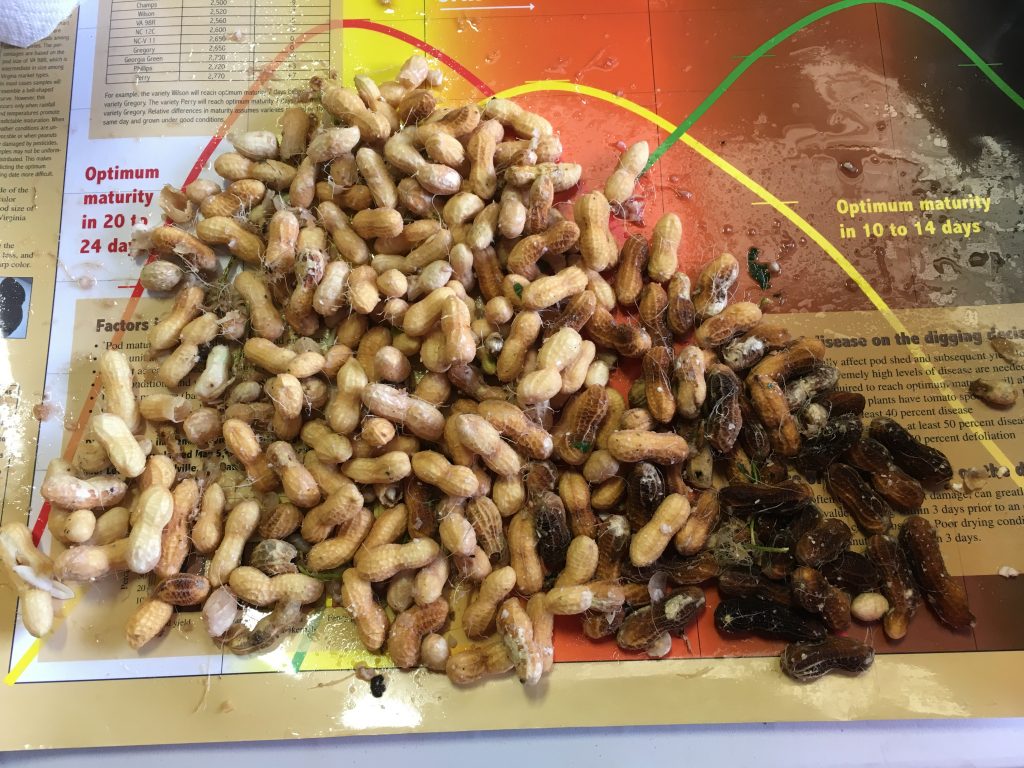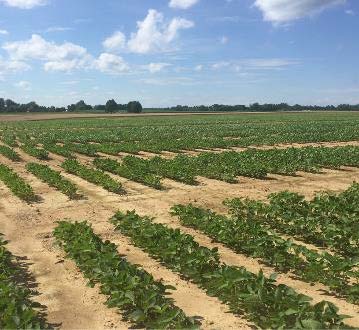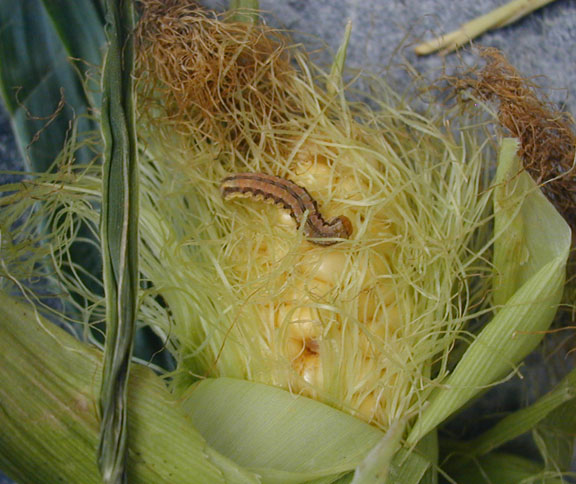The 2020 Five County Agricultural Conference will be held Wednesday, Jan. 15 at the King William Ruritan Club Building, 156 Ruritan Lane, King William, Virginia 23086. This year’s conference will include pesticide certification training, updates from FSA, NRCS, and SWCD, several Specialists and Agents from Virginia Cooperative Extension that will cover a wide variety of topics, and precision agriculture round-table discussion. In addition, you will be able to get your dicamba herbicide certification with training being offered by Don Cline of BASF. We look forward to seeing your there for a great day of learning and interaction with the experts. Lunch will be provided. Agenda detail are below.
Full Attendance to the conference has been approved for Private Pesticide Applicator Recertification in Category 90 and Commercial Categories 1A, 10, and 60. The conference has also been approved for 1.5 Virginia Nutrient Management CEU, 2.5 Integrated Pest Management and 1.5 Crop Management CCA-CEU credits.
7:45 a.m. Registration
8:15 a.m. Grain Market Update, Robert Harper, Manager, Virginia Farm Bureau Grain Division
8:45 a.m. Corn Update and Hybrid Selection – Dr. Wade Thomason
9:15 a.m. Break
9:30 am. Soybean basics and Soybean Variety Selection- Dr. David Holshouser, Extension Soybean Agronomist
10:00 a.m. Crop Fertility and Fertilizers – Dr. Hunter Frame
10:30 a.m. Precision Ag Discussion
11:45 a.m. Cooperating Agencies (FSA, NRCS, and SWCD)
12:30 p.m. Sponsored Lunch (Participants not seeking pesticide applicator recertification or Dicamba Certification are welcome
to adjourn following lunch)
1:15 p.m. Dicamba Certification – Don Cline, BASF Crop Protection
1:45 p.m. Legal Update – Robert Christian, VDACS Pesticide Investigator
2:15 p.m. Spill Response Activity – Robbie Longest/Mike Broaddus, Extension Agents, ANR, Essex and Caroline
3:00 p.m. Wrap up paperwork and adjourn

